Source: Lillian Tong @ Peranakan Museum Penang
http://www.pinangperanakanmansion.com.my/
Growing up, I would sometimes hear the phrase “so and so is doing a Tok Panjang” or my grandmother would say, “kemai th’ng tok, lang kek ai lai liow…” (meaning clear the long table, we are expecting guests – in hokkien). And I wondered what did it actually mean? And what was the big deal about “tn’ng tok” when it was hardly used, and only had people around the table when we had guests, birthday parties or weddings?
So why are we even talking about Tok Panjang and what’s the significance about it in the Peranakan homes?
If you grew up in a Baba Nyonya / Pernakan family, you would be familiar with the term Tok Panjang.
If not, here is a brief explanation.
“Tok” means Table in Hokkien, and “Panjang” means Long in Malay. In translation, it is a Long Table or Th’ng Tok (in hokkien).
However, Tok Panjang in Peranakan / Baba Nyonya (https://en.wikipedia.org/wiki/Peranakan) terminology is not just a long table; when a peranakan household is hosting a Tok Panjang, it actually refers to a grand elaborated feast laid out on a long table!
These grand elaborated celebrations can be associated with anniversaries, weddings, birthdays or special occasions when important guests or families and friends are invited to celebrate those occasions in a Peranakan / Baba Nyonya household.
In most Peranakan / Baba Nyonya homes, when you walk through the main entrance of the house, you will notice a long table occupying the main hall. That long table is an important feature in the home, and that table will be the symbol and centre of the celebration.
It is the same for our household, albeit a smaller “long table”. However, our daily table on the other hand is a round table which is situated in the back part of our home. Around that table is where everyday lives happen – family meals, food preparation, kuih making, family dinners, conversations etc.
About the elaborated dishes served during a Tok Panjang
Source: Straits Chinese Nyonya Restaurant @ www.straitschinese.com
The focus when hosting a Tok Panjang is the table setting, the sitting arrangements and the dishes served on the long table.
The picture above is courtesy of Straits Chinese Nyonya Restaurant in Singapore. As you can see from the picture, there are an amazing array of Peranakan dishes that are served using the beautifully elaborated traditional nyonyawares.
The Number of Dishes Served
I was told some household may serve as many as 15 dishes; however, most that I know of would have about 5 -7 dishes, but in multiple plates on the table. In other words, you will have 2-3 plates of similar dishes, which are spread out along the long table. This way, all the guests will have the opportunity to sample all the dishes without having to pass the dishes around.
The Planning
For a Peranakan household to hold such a grand event, most times a “chom por” (chef) – usually Hainanese cook/cooks must be pre-booked days before the event to help with the meal preparation and cooking. The dishes served are not only delicious, but complex in preparation and notoriously labour intensive; the everyday house cook may not have the skills and time to prepare these lavish dishes themselves. Thus people really look forward to a Tok Panjang, where they have the opportunity to savour the delicious and sumptuous feast.
On the day of the event, all the guests will be seated along the long table, with dishes already laid out. Those long awaited dishes will be savoured and devoured by the guests in no time, and the dishes will have to be topped up and replenished continually and very quickly.
Therefore, in order to ensure sufficient food was on hand to replenish and top up the dishes, the “chom por” had to pre-cook the dishes or at least have prepared them prior, so that on the actual day, they can be easily re-heated or cooked without much preparation needed, and can be topped up and replenished in a hurry.
Specific Dishes
The dishes served are also very specific to the occasion. For example, if it is a birthday celebration, there will be noodle dishes such as “lam mee” or “seh jit mee” served, which represent longevity. Alternatively, if it is a Chinese New Year celebration, then fish and other seafood dishes will be served to signify abundance and prosperity 年年有余.
Other dishes that you may also see laid out on the long table are curry kapitan, nyonya curry chicken, jew hoo char, hong bak, chap chye, too knua kean, lor bak, kiam chye boay, too tor thing, kiam chye ark th’ng, bak oun th’ng, hoo pioh th’ng, acar, and sambal, which are usual for a Tok Panjang.
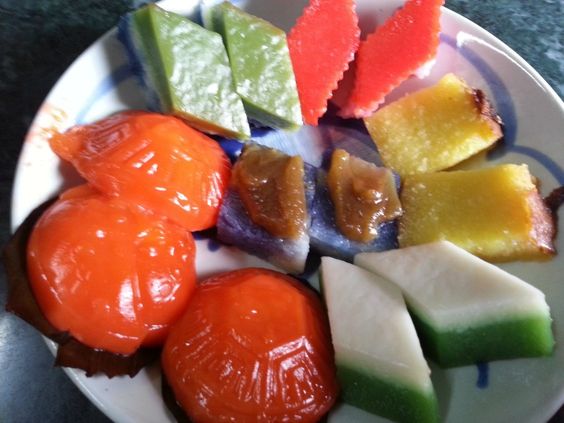
Sample of delicious Nyonya Cakes / kuih @Nyonyalicious
Last but not least, one cannot forget the ever popular colourful array of delicious Nyonya desserts. Similar to pre-booking of the “chom por” (chef), most of the time these kuih had to be ordered months prior to the event from the specialist Nyonya kuih maker.
Cutlery and utensils used during Tok Panjang
Example of imported porcelain nyonyaware @Nyonyalicious
On Tok Panjang, the serving style has some European influence. The food is served using fine Nyonyaware such as the imported and elaborately decorated porcelain plates, together with forks and spoons instead of chopsticks and bowls. Drinks are served using glasses instead of Chinese tea cups.
Sitting arrangements for a Tok Panjang
Tok Panjang setting courtesy of PAA NSW Tok Panjang Chinese New Year Dinner
According to my research, traditionally, the order of the sitting arrangement would be according to the seniority of the guests and hosts. The senior folks will be seated first, then the men, followed by women and children.
For few traditional families a long time ago (I don’t think this is practiced anymore), it is also known that the daughter-in-laws were expected to stand behind the guests to make sure the needs of the guests were taken care of, such as replenishing of rice, drinks, cigarettes etc.
However, from my own experience and in the modern Peranakan Homes, the practice is vastly different. We will still enjoy the lavish feast served during a Tok Panjang; however, there is no specific sequence of sitting arrangements.
It is on a first come first serve basis, i.e. once you notice a vacant seat, you just take it and enjoy your meal. All dishes on the table will be continually replenished, which means, you can be just starting your meal and the next person sitting next to you will be enjoying the desserts. I read in the Modern Nonya by Sylvia Tan that she calls the Tok Panjang concept a buffet meal in reverse, and I agree with it!
Tok Panjang in the modern times
Due to globalisation and Baba Nyonya / Peranakan culture on the decline, Tok Panjang practice is not as common as before during my grandparents’ time. For those who grew up with the culture, and those who had the opportunity to enjoy in the Tok Panjang experience, I would say, it is indeed a privilege and an experience one will not forget in a hurry.
However, while writing this article, there seems to be a “reprisal” of the Tok Panjang concept in many Baba Nyonya / Peranakan restaurants. Personally I would love to be able to introduce this concept to the next generation, as the grandeur of the experience and the amazing array of peranakan dishes are worth preserving.
> Other Related Articles:
Want to find out more about peranakan culture, here are some references that you may find useful:

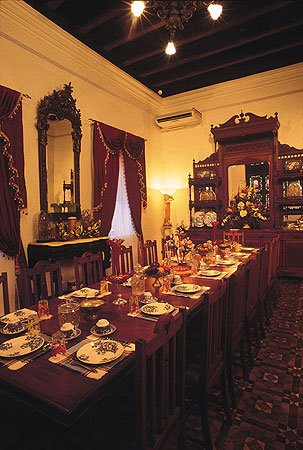
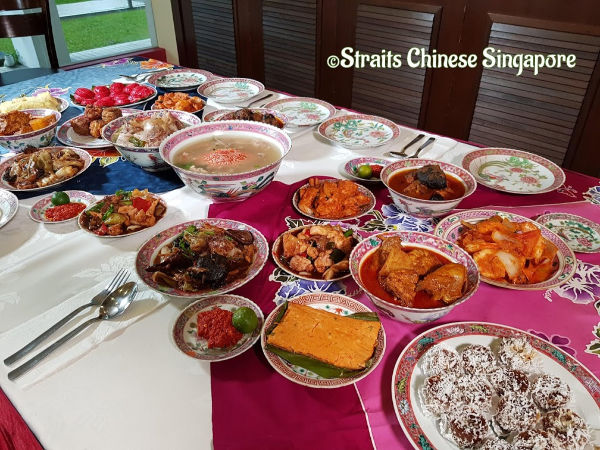
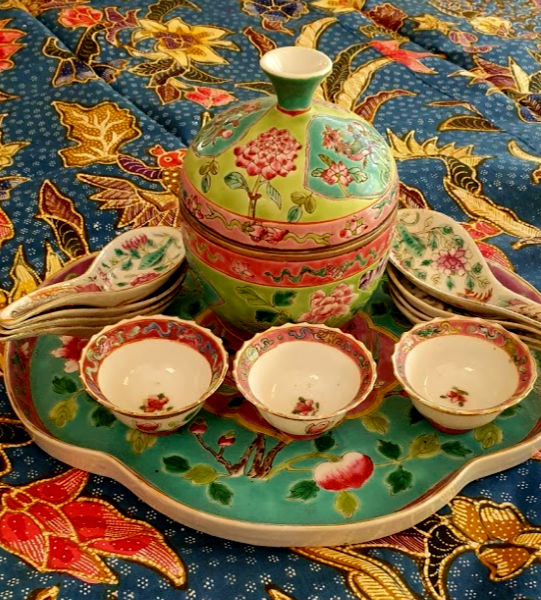
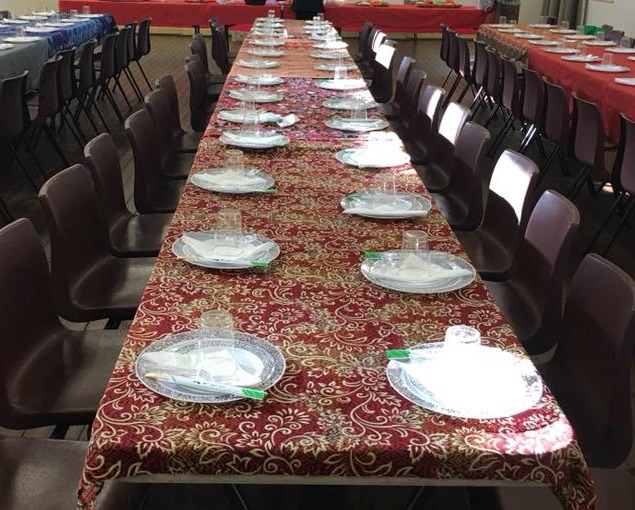
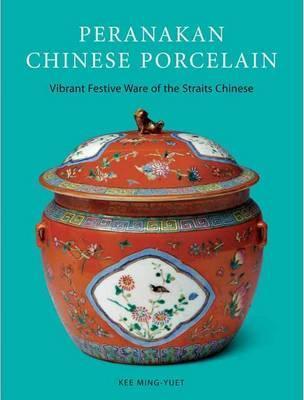
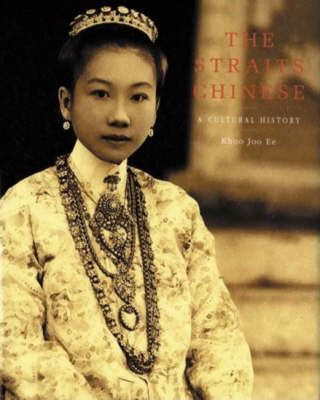

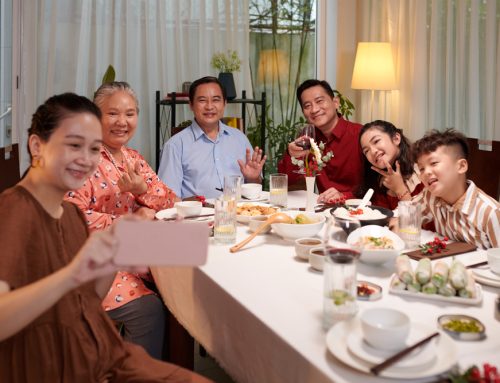
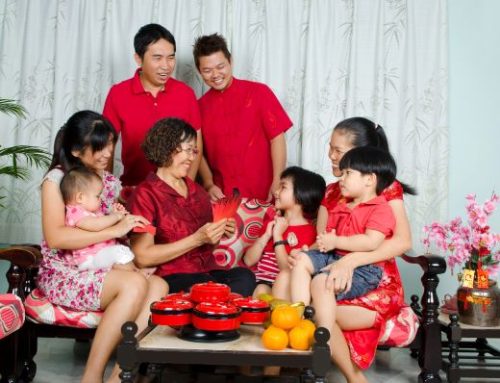
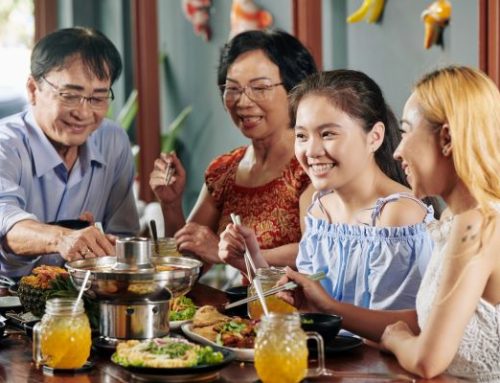

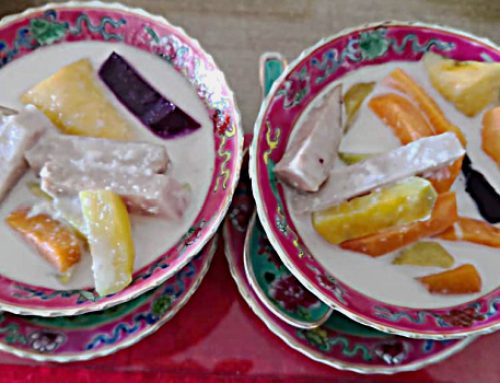
Are the kuihs served with the main dishes or separately? I think the kuihs are served separately in the old days.